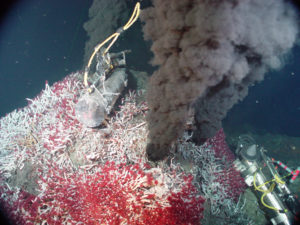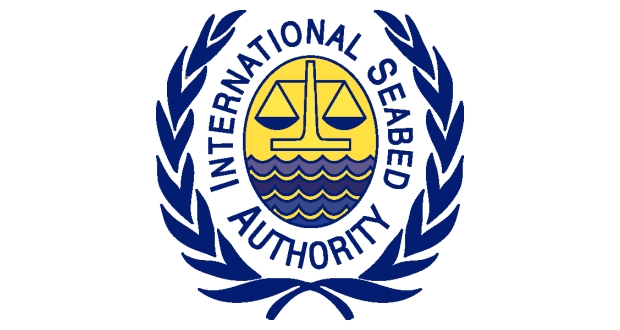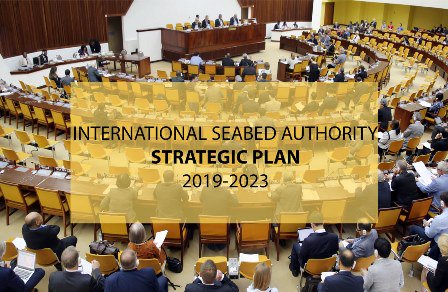The development of Financial Regulations to address the benefit sharing aspects of the Mining Code has recently moved to the forefront of ISA business. Per International Seabed Authority (ISA) Assembly agreement, the whole of the Mining Code cannot go into force without a financial regime in place. In short, this means mining operations cannot begin until such financing mechanisms are agreed upon and adopted by the State Parties of the ISA. With the possibility of industry readiness in the near future, contractors are now showing increasing commitment towards moving forward with the development of these Financial Regulations.

Photo: NOAA PMEL EOI Program
The background of financing goes back to the original international framework for deep seabed mining. The 1982 United Nations Convention on the Law of the Sea (UNCLOS) and its 1994 Implementing Agreement relating to deep seabed mining designate the Area as “common heritage of mankind”. As such, UNCLOS stipulates that the Authority shall provide for the equitable sharing of financial and other economic benefits derived from activities in the Area via rules, regulations and procedures recommended by the Council. It also calls for particular consideration to be made to the interests and needs of developing States, as well as peoples who have not attained full independence or other self-governing status. All of this, naturally, must be balanced with the inherent interest of contractors to see a return on investments and to benefit economically from any mining ventures on the Area.
Broad discussion on the development of financial regulations began in earnest in 2015 with the publication of an ISA Discussion Paper on the Development and Implementation of a Payment Mechanism for the Area. Since then, discussions have increasingly focused on an ad valorem royalty scheme.
This past April 19 – 21, contractors and other ISA stakeholders gathered in Singapore at the Grand Copthorne Waterfront Hotel for the 3rd Deep Seabed Mining Payment Regime Workshop. Prior meetings had been held in 2016 in both San Diego (USA) and London, all with a focus on exploring key elements of an ISA payment mechanism and financial regulations for seabed mineral exploitation in the Area, and particularly for polymetallic nodules. The Singapore workshop provided an opportunity for participants to continue efforts to develop a working financial model (for both cost and revenue) to share with the ISA’s Legal and Technical Commission (LTC). While additional work still needs to be done, the group was able to explore additional issues important to consider in the development of any working payment regime – for instance, accounting for ISA’s administrative costs. The meetings were facilitated by RESOLVE, an independent non-profit organization specializing in building solutions to environmental, social, and health challenges via collaborative engagement of community, business, government, and NGO leaders.
As we move towards the Authority’s Annual Meeting, the ISA is reviewing and refining the draft financial model that was finalized at the Singapore workshop. As part of this process, the ISA may seek additional input from contractors on their estimated costs and revenues. Next steps will include consideration of potential payment regimes by the LTC and ISA Member States. Throughout this process it will be important to ensure broad stakeholder input on the financial rules and regulations for deep seabed mining.
Stakeholders interested in learning more about the Singapore Payment Regime Workshop can access the final meeting report and other documents at: http://www.resolv.org/site-dsm/dsm-payment-regime-workshop-3/




